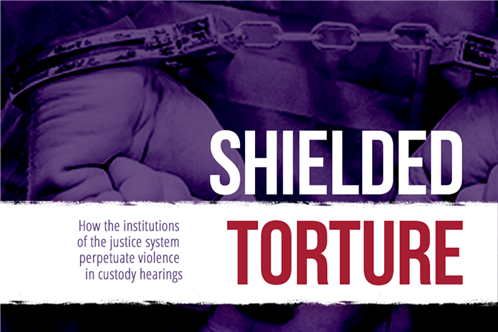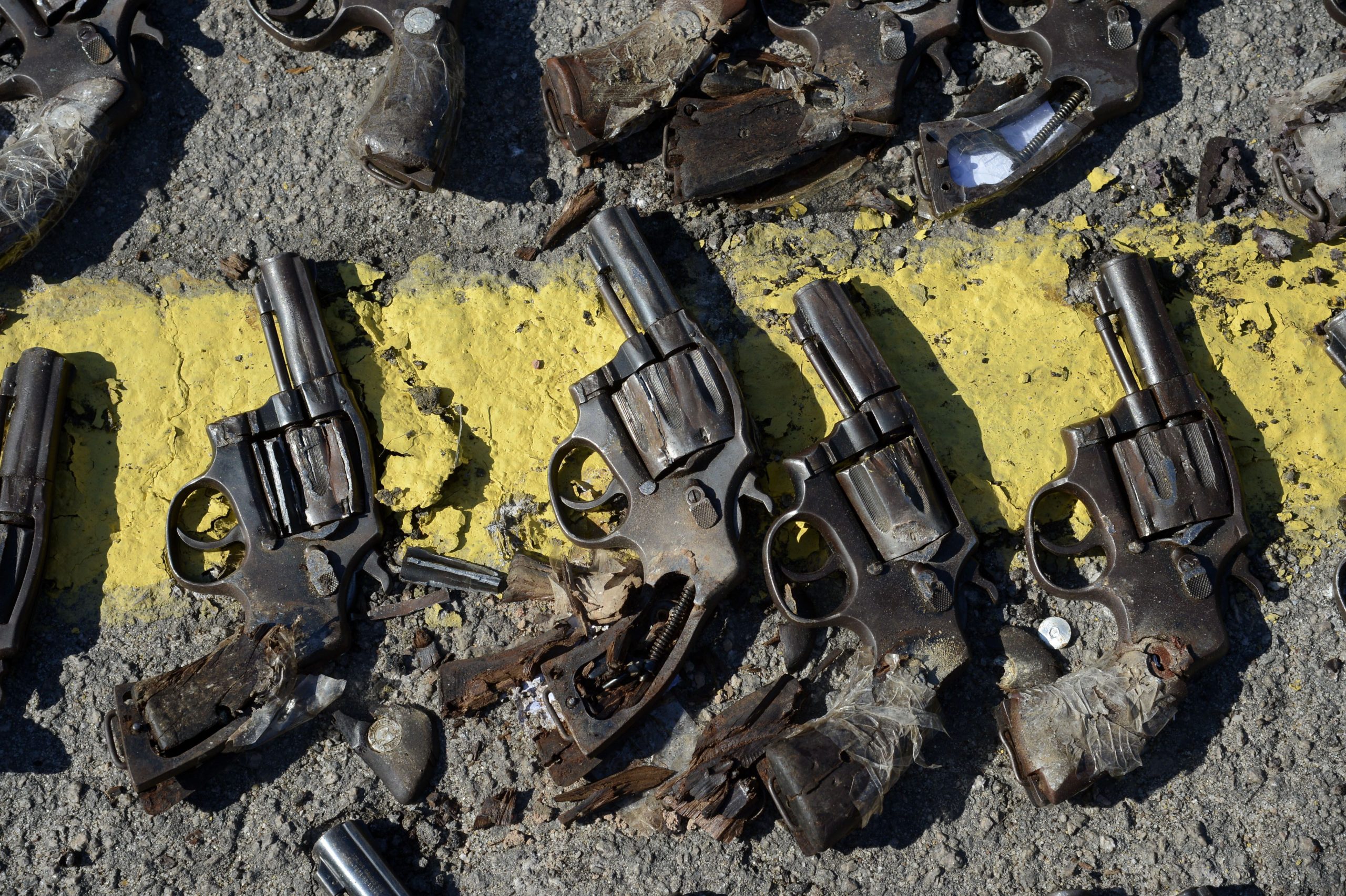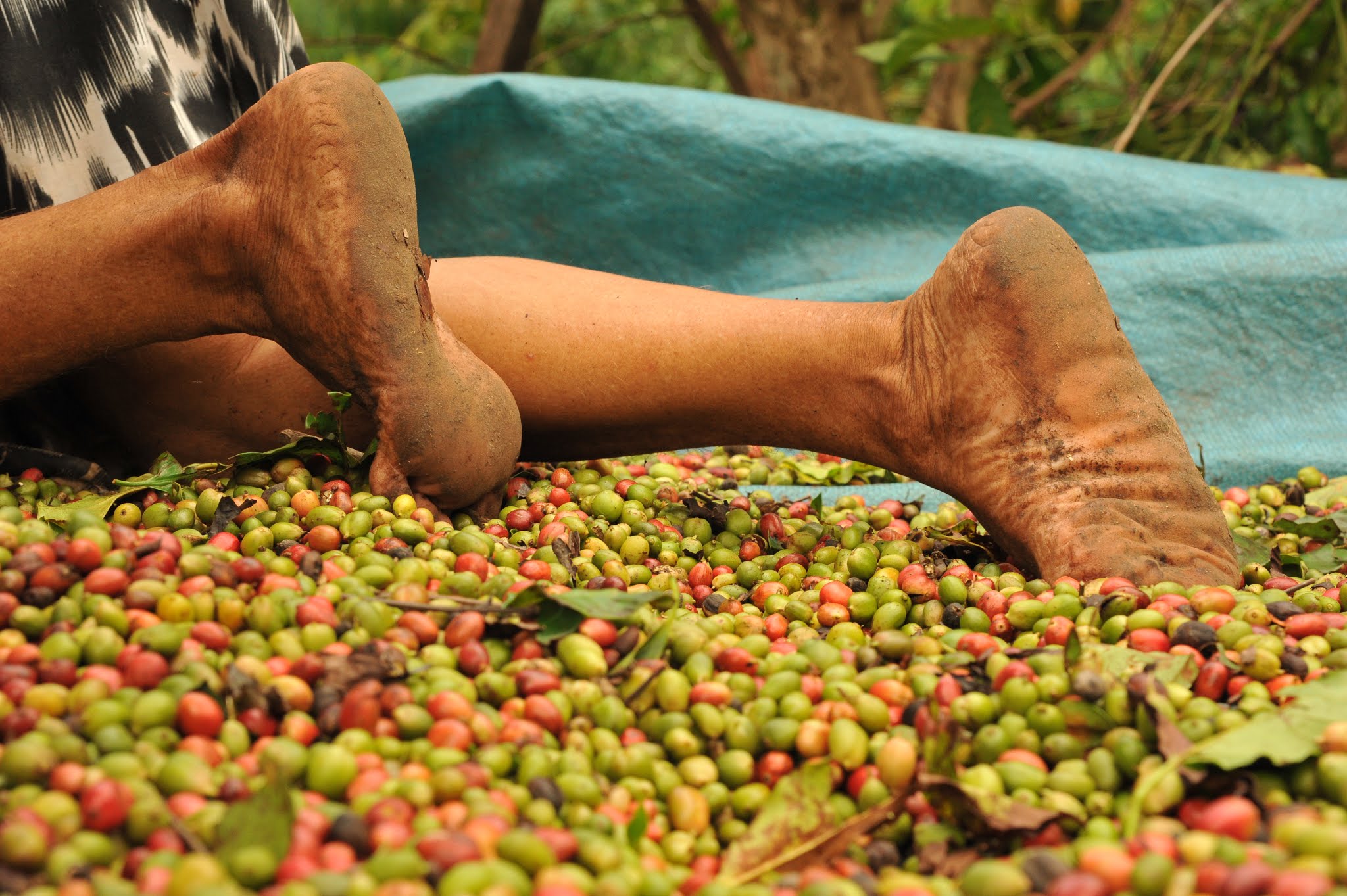New research: Shielded torture
How the institutions of the justice system perpetuate violence in custody hearings

The video recorder starts to film the hearing. The camera focuses on E.S.N., a 31-year-old homeless man and crack cocaine user who is charged with handling stolen goods and resisting arrest. One of his eyes is half-closed. His face and neck are covered in purple bruises. He answers the judge’s questions with his head held down.
“Does your mother work? Does your mother know you are living on the streets? Did you ever go to school? Why did you stop going? Do you have any brothers or sisters? Do they work? Are you a drug user? How often? Every day, all the time?”
After explaining what he was doing at the time of arrest (“they paid me R$10 to unload the car”), E.S.N. starts describing the police stop. He says he fled because he was scared. One of the police officers caught up with him and, after grabbing him by the throat, tried to trip him over and they both fell onto the ground. Another officer approached them and started beating him, mainly in the face and the head.
The judge then asked if the detainee would be able to identify his aggressors. He replied that he would and provided one of the officer’s names. The judge then asked if anyone else had witnessed the assault. He again replied in the affirmative and said that video cameras had recorded the events.
Then it is the prosecutor’s turn to speak: “the reported aggression was caused by resisting arrest and not by police violence, as the accused is claiming in this hearing,” she said, in defense of the police officers. She then brings up E.S.N.’s criminal record to discredit his testimony.
Following the intervention of the Public Defender’s Office, which argues that the signs of torture and mistreatment make the arrest illegal and, therefore, that the charges should be dropped, the judge decides to keep E.S.N. detained and refers the case to DIPO 5 – the Criminal Investigation and Auxiliary Services Division, which is responsible for receiving and processing complaints of police violence.
Like another 72% of the cases analyzed by the research “Shielded Torture”, E.S.N.’s testimony was heard by the justice system in a strictly perfunctory manner. A large number of the cases are forwarded, with the names and pictures of the victim of violence, to the same police brigade that made the arrest – in other words, to the very officers suspected of torture and mistreatment.
Just like the majority of reports heard and analyzed by the study, E.S.N.’s was completely ignored by the Public Prosecutor’s Office, the only institution of the justice system with a constitutional duty to oversee police activity. According to the report by Conectas, in nearly 80% of the 358 cases in which there are reports of violence, the prosecutors did not ask the detainee a single question. In 22% of the times it did intervene in some way, the prosecutors used their opportunity to speak to justify the police aggression.
Lack of commitment to combating torture
The 393 cases analyzed in “Shielded Torture”, all taken from the Criminal Courthouse of Barra Funda in São Paulo, shed light on an overlooked goal of the custody hearings: to prevent and combat torture and mistreatment.
By guaranteeing that detainees see a judge within 24 hours of their arrest, these hearings ensure that any marks and evidence of violence are seen before the evidentiary hearing that takes places months later (click here to read more about the custody hearings).
But this is not what happens: the study released today, February 21, by Conectas demonstrates the negligence, inaction and lack of commitment of Judges, the Public Prosecutor’s Office, the Public Defender’s Office and the Forensic Medical Institute to the testimonies of violence given during the hearings (click here to read more about the methodology used in the research).
“Everyone loses, as authorities, citizens and police officers are condemned to live in a violent society marked by distrust in relations with the authorities,” writes Jacqueline Sinhoretto, a professor from the Federal University of São Carlos (UFSCar), in the preface to the complete version of the study.
According to the lawyer José de Jesus Filho, who holds a masters in criminal law from the University of Brasília (UNB) and is a doctoral candidate in public administration at the Getúlio Vargas Foundation in São Paulo (FGV-SP) and who reviewed the study, the institutions of the justice system “illustrated resoundingly and categorically that there is an intentional judicial effort to shield torturers”. “The primary conclusion of the study is that torture only takes place and is perpetuated because judges and prosecutors are letting it go unpunished,” he added.
The lawyer, sociologist and criminal justice researcher Fernanda Emy Matsuda, who also reviewed the study, said “the research unquestionably exposes the mechanism that legitimizes this violence by showing how the various different actors contribute so there is no accountability for agents of the State”. “By examining in detail the role of the different professionals, the research illustrates the extent of the responsibility of each one of the institutions that make up the justice system for the legitimization of violence committed at the time of arrest,” she added.
The opinion is shared by the lawyer Sylvia Dias, a delegate of the Association for the Prevention of Torture in Brazil and another reviewer of the study. As far as she is concerned, “the custody hearings will only show real and effective results if the reported cases are properly handled, with the adoption of appropriate measures to investigate the facts and hold the perpetrators to account,” she said. “If this does not occur, we will have a perverse and opposite effect, which is the legitimization by the criminal justice system of illegal conduct by public security agents,” she concluded.
On this subject, in a report on the visit to Brazil in 2015, the UN special rapporteur for torture emphasized the importance for the custody hearings to be formatted to guarantee an institutionally safe environment for reporting violence.
The hearings were also criticized by the UN Subcommittee on Prevention of Torture, which stated in a report in 2016 that “custody hearings in Brazil are not designed to prevent torture and mistreatment”. “The Subcommittee is not persuaded that judges are likely to observe and take action in response to signs of physical or mental mistreatment by police agents, or that judges and public defenders routinely inquire as to how a detainee was treated upon arrest, transport and pre-hearing detention.”
Unacceptable negligence
Given the conclusion that members the justice system breach national and international rules and provisions on the combat and prevention of torture and mistreatment, Conectas submitted representations to the Internal Affairs Office of the São Paulo State Court, the Office of the State Attorney General and the Higher Council of the State Public Defender’s Office calling for an examination of the conduct presented by the research and the creation of protocols to guarantee the effectiveness of these hearings in combating police violence (click here to learn more about the complaints).
Read the sections below and understand why the conduct of prosecutors, judges, public defenders and medical examiners helps perpetuate torture:







